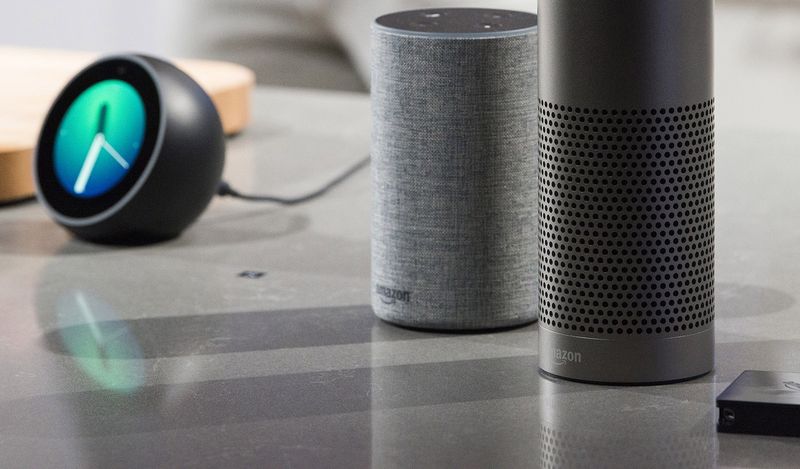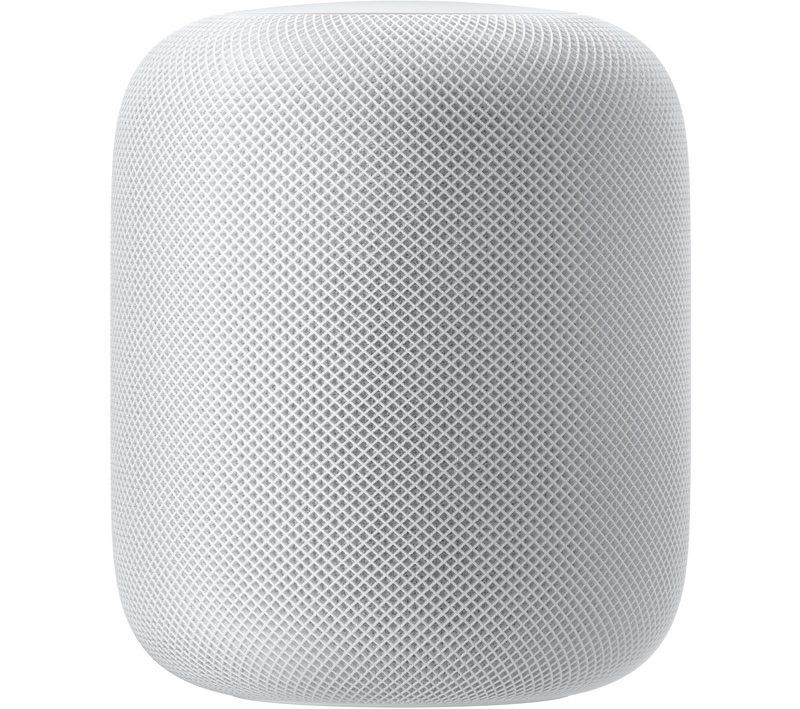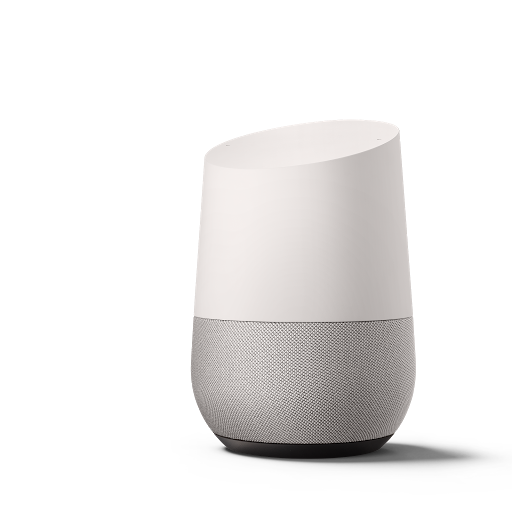
End of the Smart Speaker Era?
Amazon is widely credited with having created the entire smart speaker category with their Alexa voice-controlled Echo smart speaker and other products. The company has sold millions of them since their introduction in 2015, especially at often insane sale prices during the holiday selling season. But Bloomberg Businessweek has come into possession of leaked internal Amazon documents that paint a portrait of a category that appears to be in serious trouble, principally because it fails – often miserably – to retain consumer interest.
And, the documents show, not only do consumers lose their interest…they lose it quickly.
See more on smart speaker problems identified in Amazon internal docs
Amazon has a real problem with their Alexa smart speakers and devices – they flat out fail to hold consumers’ interest. And according to leaked internal memos reviewed by Bloomberg, Amazon has known they had this problem from the beginning.
Consumers Lose Interest, Sometimes After Just One Week
How quickly does the excited buyer of their cool device lose interest in it? “According to internal data, there have been years when 15% to 25% of new Alexa users were no longer active in their second week with the device.” [emphasis added] Think about that for a moment…up to one out of every four customers stops using the device after just one week of use.
Despite the company’s outward calm, the documents seem to betray a different attitude, as concern over the issue of poor user retention and engagement “comes up repeatedly in internal planning documents…”
Big Ambitions for Alexa…But Big Impediments Too
The leaked internal Amazon documents cover the period from 2018-2021 and identified plans – Bloomberg called these “continued ambitions” – for Alexa, including adding more cameras and sensors “that would allow devices to recognize different voices or determine which rooms users are in during each interaction.” But the documents also revealed impediments the company saw to “realizing these goals.”
Last year, Amazon’s internal analysis of the smart speaker market determined it had ‘passed its growth phase’ and estimated it would expand only 1.2% annually for the next several years.
Bloomberg Businessweek report, based on leaked Amazon internal documents
An Amazon representative disputed the metrics in the documents to Bloomberg, saying they were either outdated or inaccurate. She further told them, “The assertion that Alexa growth is slowing is not accurate. The fact is that Alexa continues to grow – we see increases in customer usage, and Alexa is used in more households around the world than ever before.”
Amazon (Internally) Acknowledges Biggest Barrier – Privacy Concerns
Here is a tidbit that will be very familiar to many Strata-gee readers – especially integrators, many of whom have told me they were regularly getting similar push-back from their clients. Amazon’s internal reports recognize that the main barrier to consumer adoption of their smart speakers and other voice-controlled devices is concerns surrounding privacy in the home. Putting microphones (and cameras) in the home that are ALWAYS listening is a problem for many consumers.
Bloomberg noted that this issue has been further complicated by the fact that there have been some pretty widespread revelations that served to stoke this concern, such as the admission that employees listen to or otherwise review snippets of the audio to try and improve the audio.
A More Basic Problem, Alexa is Just Not That Useful
But the bottom line for many is even more basic than that – they just don’t find Alexa all that useful. And that is a problem because the real purpose of smart speakers was to create a way to have a closer relationship with customers and to make it even easier for them to order more goods and services from Amazon. For that to happen, users need to be fully engaged with smart speakers over the long haul…and that’s just not happening.
Amazon says that 25% of all American households have at least one Alexa device. And 27% of Amazon Prime households have one or more. But as Amazon knows, most people use their smart speaker only to play music, or set a cooking timer, or to inquire about the weather.
Strata-gee First Told You About This in 2018
Amazon can deny this all they want, but I’ve told you about this problem before. Back in 2018, an Amazon employee tipped off the Tech industry newsletter The Information about pretty much all of these same issues. Consumers are not using their Alexa-enabled smart speaker to buy more stuff from Amazon. In fact, quite the contrary, at that time once a customer tried buying something using voice commands on their Echo, 90% of them never tried it again.
Ouch…
The Amazon documents show that they employ 10,000 people in their Alexa division – a division with $4.2 billion in fixed costs (for 2021). In 2018, the documents show that the company lost $5.00 on every device they sold (gave away?) Their goal is to eventually make $2/unit by 2028. No word on how that’s going.

Throwing Good Money After Bad
One last point…Amazon tried to address the situation and improve the product such that it would earn greater user engagement by adding more features, such as devices with screens, Alexa-enabled headphones, Alexa car apps, etc. The company continues to find more partners to find more ways to spread Alexa around even more.
The only problem? As Bloomberg noted, “A document from 2019 said that despite Amazon’s efforts to add features to Alexa, there wasn’t an overall increase in user engagement.”
It’s beginning to look like with Alexa, Amazon is just throwing good money after bad.
Learn more about Amazon Echo and Alexa devices at this link…





Valuable article.
It was not good news for me but important to know.
The biggest reason is that people realize the current general AI is not as smart as expected.
Also, it is not natural for humans to talk to the box, it should have a reasonable interface for the conversation. It was too early for Amazon to oversaturate the market with premature technology.
There are several issues with Alexa and voice control IMO, in addition to the obvious things like privacy and poor AI:
1. Amazon is so full of direct ripoff vendors for products, nobody trusts alexa to order the proper item via voice. And adding it to my cart for later check out isn’t really helpful since I need to go into the cart to check out (on another device) anyway.
2. Voice control for the masses requires a) additional control devices and b) setup and configuration of those devices, and most consumers just don’t have enough devices to make voice control do anything.
The most utility we get from our 3 alexa devices is using them as an intercom to communicate with our kids. It’s 95% of what we use Alexa for. That, and telling us an occasional joke.
On a positive note, if Amazon was integrated deeply across all markets with consumable items (kitchen goods, for instance) – like they intend to do with Whole Foods – you would probably have much higher engagement to fill up a cart as you run out of things, especially with an Alexa in the Kitchen. But we just don’t buy enough of those items from Amazon (yet – it’s all local grocer and Costco for us), and to my first point, asking Alexa to add Bounty Paper towels to the cart is a total crap shoot on which of the 200 Bounty paper towel options they’ll add.
The capabilities of the Amazon Echo far exceed the technological capabilities of the majority of users. Sorry to say, but it is much like giving a Swiss Army Knife to a chimpanzee. They may find it useful at some level, but lack the skills and insight to open it up and use the tools available within. This is not reallya cognitive issue, rather one of education and training. Additionally, the convoluted setup procedures for even simple additions like lightbulbs and switches are simply beyond the technical skill set of most ‘civilians’. I retired after a 30+ year career in technology, networking, and IT architecture, the last 20 years as a principal architect for a Fortune 20 telecommunications company. I find adding even a ‘smart’ light bulb an excruciatingly complex process. The Alexa application itself could be a textbook case for lacking user coherent structurel-o lass’ Echcsoftbal, not to mention being extremely poorly documented. On top of that the reliance on intermediate ap’plications of different architectures and flows to proxy devices to Alexa is nearly incomprehensible to IT professionals like myself and an absolute mystery to the average user.. The devices the themselves – the new ‘softball-class’ Echo in particular are technological miracles. However, the ‘Show’ line, in particular ,the Show 8 – which should be the centerpiece of the line – lack the necessary Zigbee hub capabilities and require and Echo equipped with a Zigbee hub to be enable any household automation. (NB Try explaining why that is the case to a civilian or a spouse). So there it is – brilliant technology undermined by piecemeal software platform(s) and inexplicable product feature choices. then marketed to a public ill-equipped to execute the necessary integrations. What could go wrong? This is all fixable, of course. It just remains to be seen if Amazon has the vision to actually go in and rearchitect the platform with the some degree of coherence and invest in the necessary training for users to make The Echo and Alexa ecosystem the success it could be.